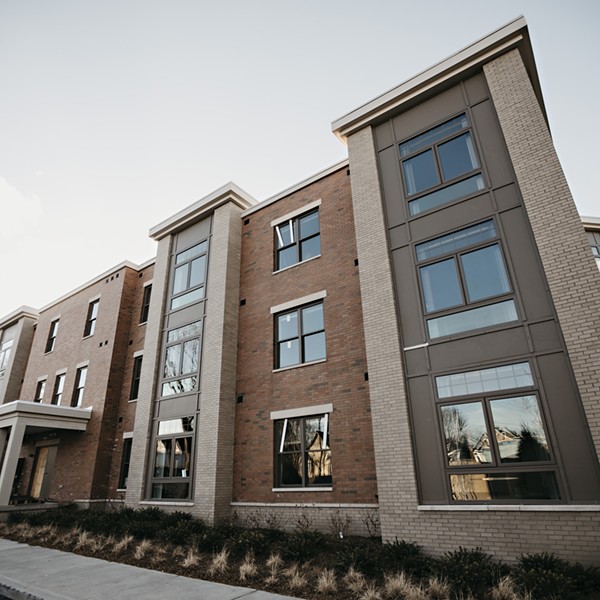
Sarah Stup refers to her disorder as “the beast.” She also calls it a gift. As a young author with autism, she devotes her time to writing and advocacy, her goal to sensitize educators, lawmakers, and anyone else who will listen to the challenges of those with disabilities such as her own. In her case, the beast is autism, and she takes us into her world with her heartfelt collection of writings titled Are Your Eyes Listening?
Autism has become a national crisis. It is the fastest-growing disability in the United States, affecting one in every 150 children. Diagnoses of autism are increasing at the startling rate of 10 to 17 percent per year. Autism is a complex developmental disability that typically appears during the first three years of life and is the result of a neurological disorder that affects the normal functioning of the brain. Individuals with autism have difficulty communicating and interacting with others, make little or no eye contact, have unusual reactions, and often seem to retreat into isolation while fixating on certain words, objects, or activities. However, autism is considered a spectrum disorder, as it affects each individual differently and at varying degrees. At best, a highly functioning person with autism may simply seem eccentric or a loner. At worst, individuals with profound autism may never speak or learn to take care of themselves. Autism falls under the umbrella term pervasive developmental disorders (PDD), sharing the title with Asperger’s syndrome, childhood disintegrative disorder (CDD), Rett’s disorder, and PDD-Not Otherwise Specified (PDD-NOS). Autism affects all races, classes, and educational levels, though it’s four times more prevalent in boys than in girls.
There is no known cure.
A decade ago, autism was considered a rare and hopeless condition. Today, through the commitment of parents, scientists, teachers, and other advocates, those with autism can be treated and assisted in improving their language and social skills and maximizing their potential. Treatments include educational and behavior training programs emphasizing language and social skills, support and counseling groups, pharmaceuticals, and other alternative therapies. For those whose lives have been touched by this disorder, the Hudson Valley is an excellent place to be, as the area is brimming with services. The Children’s Annex is a nationally recognized nonprofit center for autism support, training, and education. Each year, it serves over 250 students in New York State through two day schools in Kingston and Ellenville, and through home- and community-based programs for preschoolers as young as 18 months. The two schools serve children between the ages of two and 15, who are bussed in from more than 55 school districts. The center is also an approved evaluation site for preschool children, and evaluations are funded by the county of residence.
“When I started the Children’s Annex thirty-one years ago with Susan Buckler, the frequency of autism reported was three in five-thousand,” says program director Jamey Wolff. “There was scant awareness of autism in the media, in educational settings, or among providers of psychological and medical services. With the growing increase of autism, there is also growing awareness and support. This is an exciting time to be in the field because, finally, necessary resources and attention are being directed to this population. People with autism are as varied as snowflakes, each one a beautiful complex individual. With accurate diagnosis, early intervention, and appropriately directed support, I have seen wonderful progress and there is much hope.”
The Anderson Center for Autism in Staatsburg, previously known as the Anderson School, has shifted its focus in the past few years from a wide-ranging special education school to a facility working exclusively with autistic children and adults. “We’ve become the premiere hub within New York State for the delivery of evidence-based autism services,” says CEO Neil Pollack. “Our core strategies are applied behavioral analysis and positive behavioral supports, in an environment that provides for the most challenging children on the spectrum, twenty-four hours a day, three hundred-sixty-five days a year.”















